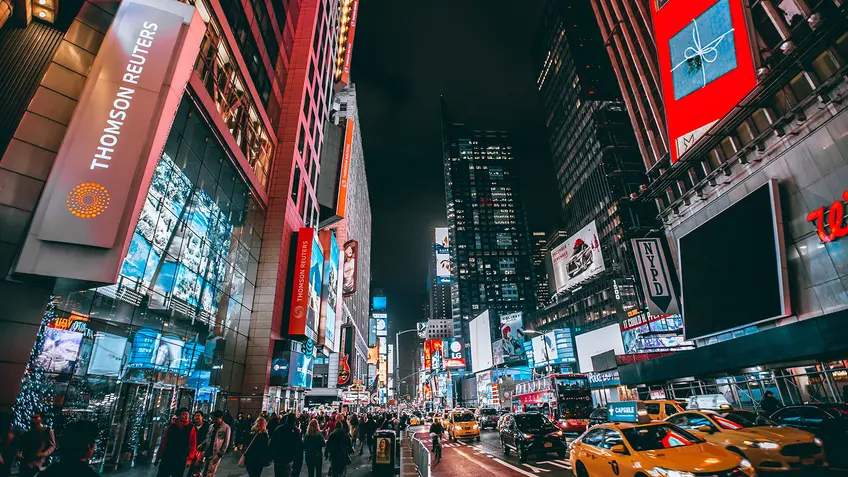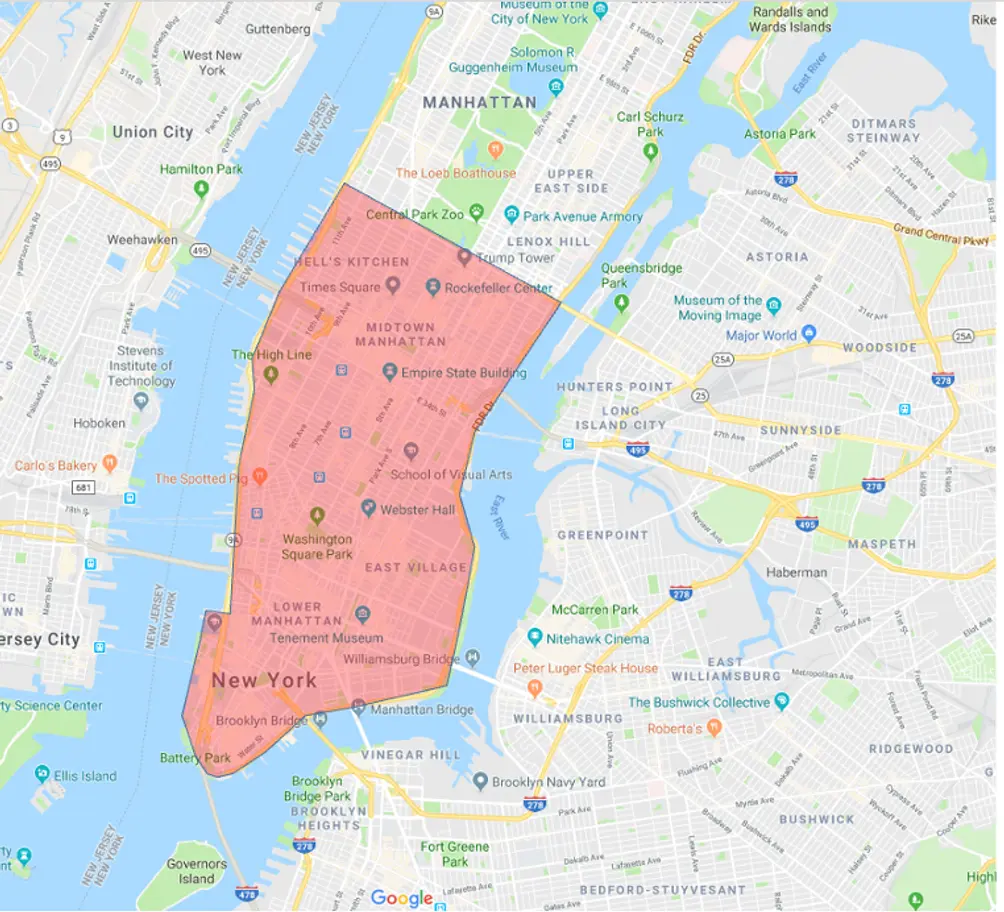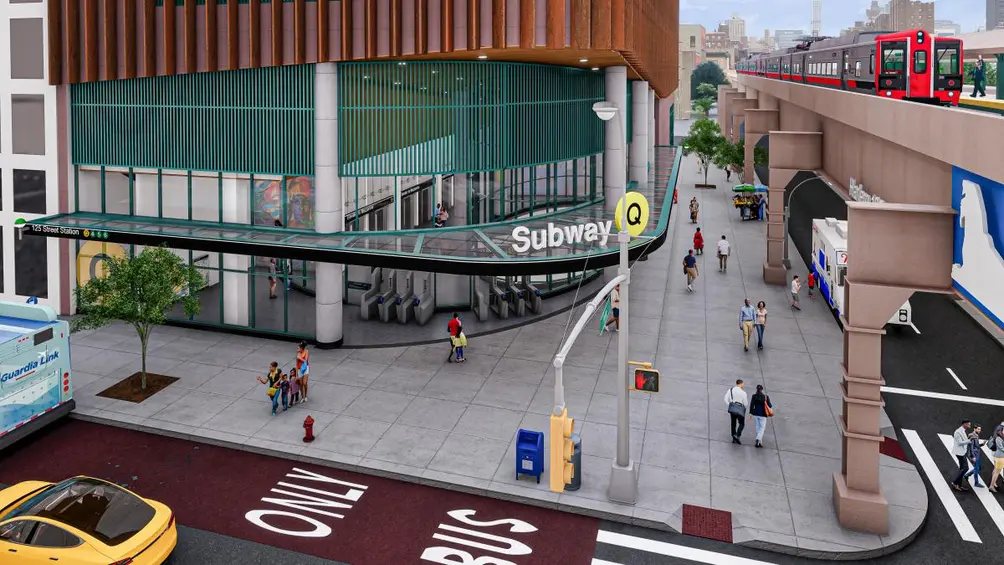
In View from the Top, CityRealty examines market data and recent transactions to offer an industry expert's perspective on New York's ever-changing real estate market.
A congestion pricing plan has long been in the works for New York City, but further details have emerged in spring and summer 2023. The Biden administration signed off on it in May 2023, and the final federal approval came at the end of June 2023. As a result, the program could begin as early as May 2024.
A congestion pricing plan has long been in the works for New York City, but further details have emerged in spring and summer 2023. The Biden administration signed off on it in May 2023, and the final federal approval came at the end of June 2023. As a result, the program could begin as early as May 2024.
In a brief recap, congestion pricing exacts tolls on vehicles entering the Central Business District of Manhattan, defined here as all areas south of 60th Street down to Battery Park City, but excluding FDR Drive and the West Side Highway. Fees range from $9 for non-commercial vehicles to $82 for trucks. As it currently stands, cars for hire (e.g. taxis and Ubers) will have a reduced fee, as will low-income drivers.

From a real estate perspective, thoughts on congestion pricing pertain to quality of life. When looking at a number of factors, it’s clear that quality of life improves.
Less traffic
When congestion pricing was introduced in London in 2003, the number of cars in the district decreased by 27%. Conversely, travel speed was 20% faster within six months (all figures per a 2017 study by the London School of Economics).
Better air quality
According to the EPA, automobiles are responsible for 50% of the nitrogen oxide, 30% of the volatile organic compounds, and 20% of the PM10 in the air. Such emissions have detrimental effects on residents’ health, including inducing premature births and reducing birth weight, and air quality has been on New Yorkers' minds since the health emergency in June 2023.
Better funded MTA
According to the plan, 80% of the proceeds of congestion pricing will go to New York City’s subway and transportation systems. This includes the expansion of the Second Avenue subway to 125th Street. Governor Hochul and the MTA have begun calling for bids for the first of the contracts; the first renderings have been revealed; and work could begin as soon as the end of this year. The extension will reduce crowding on the 4/5/6 trains, lead to quicker commutes all around, and make East Harlem more appealing from a residential standpoint.
Less traffic
When congestion pricing was introduced in London in 2003, the number of cars in the district decreased by 27%. Conversely, travel speed was 20% faster within six months (all figures per a 2017 study by the London School of Economics).
Better air quality
According to the EPA, automobiles are responsible for 50% of the nitrogen oxide, 30% of the volatile organic compounds, and 20% of the PM10 in the air. Such emissions have detrimental effects on residents’ health, including inducing premature births and reducing birth weight, and air quality has been on New Yorkers' minds since the health emergency in June 2023.
Better funded MTA
According to the plan, 80% of the proceeds of congestion pricing will go to New York City’s subway and transportation systems. This includes the expansion of the Second Avenue subway to 125th Street. Governor Hochul and the MTA have begun calling for bids for the first of the contracts; the first renderings have been revealed; and work could begin as soon as the end of this year. The extension will reduce crowding on the 4/5/6 trains, lead to quicker commutes all around, and make East Harlem more appealing from a residential standpoint.
 Rendering of the new 125th Street subway station (MTA)
Rendering of the new 125th Street subway station (MTA)
Indeed, congestion pricing cannot help but affect New York's real estate market. Property values inside the tolled zone in London increased by over $15 billion, and we expect a similar effect on this side of the Atlantic Ocean in areas affected by congestion pricing.
New York already had a small taste of this when 14th Street’s busway opened in October 2019. The day the stretch of 14th Street between Third and Ninth Avenues was closed to car traffic to prioritize public buses, bus commuters were ecstatic to experience a much faster trip up and down 14th Street than the rate of less than four miles per hour when cars still clogged the road. As time passed, local residents reported quieter streets and higher quality of life.
Then-Commissioner of the New York City Department of Transportation Polly Trottenberg said of the 14th Street busway, “This is a little bit of what we might see when we implement congestion pricing in New York City.” Years later, who wouldn’t want less traffic, better air quality, a better mass transportation system, and a salutary effect on real estate prices?
Then-Commissioner of the New York City Department of Transportation Polly Trottenberg said of the 14th Street busway, “This is a little bit of what we might see when we implement congestion pricing in New York City.” Years later, who wouldn’t want less traffic, better air quality, a better mass transportation system, and a salutary effect on real estate prices?

 6sqft delivers the latest on real estate, architecture, and design, straight from New York City.
6sqft delivers the latest on real estate, architecture, and design, straight from New York City.
